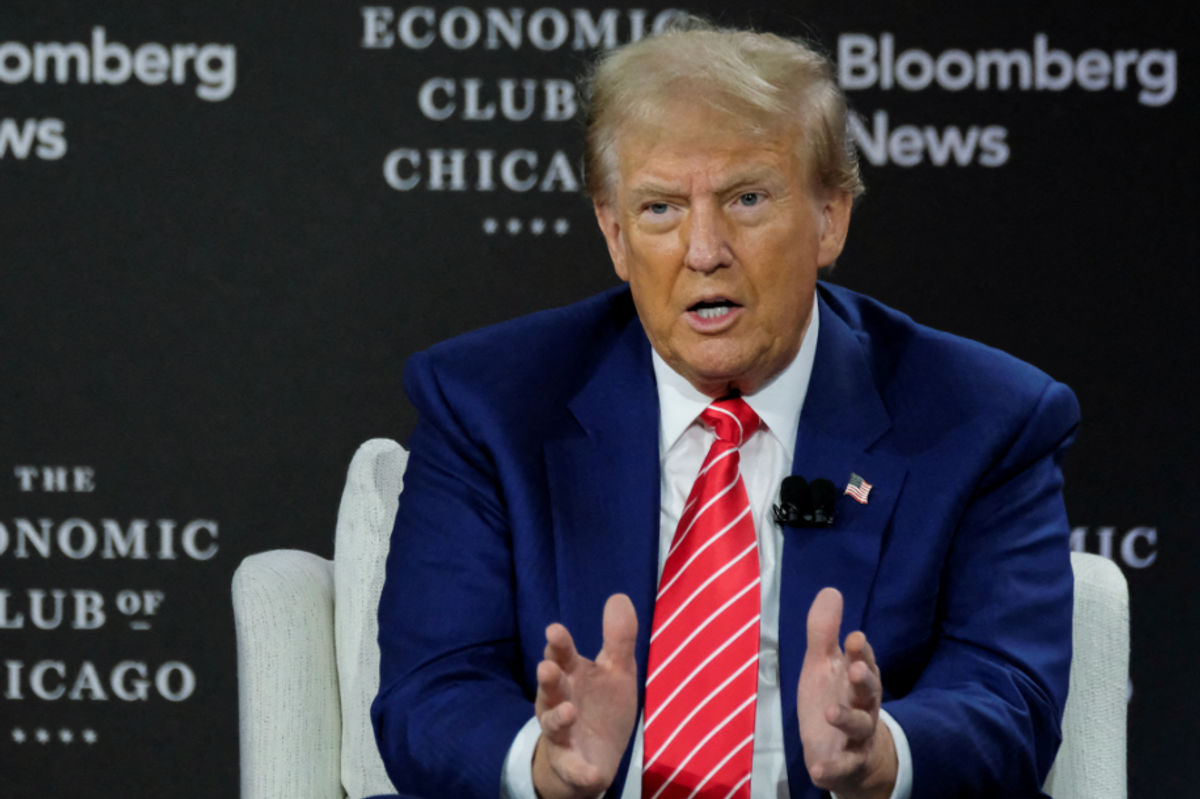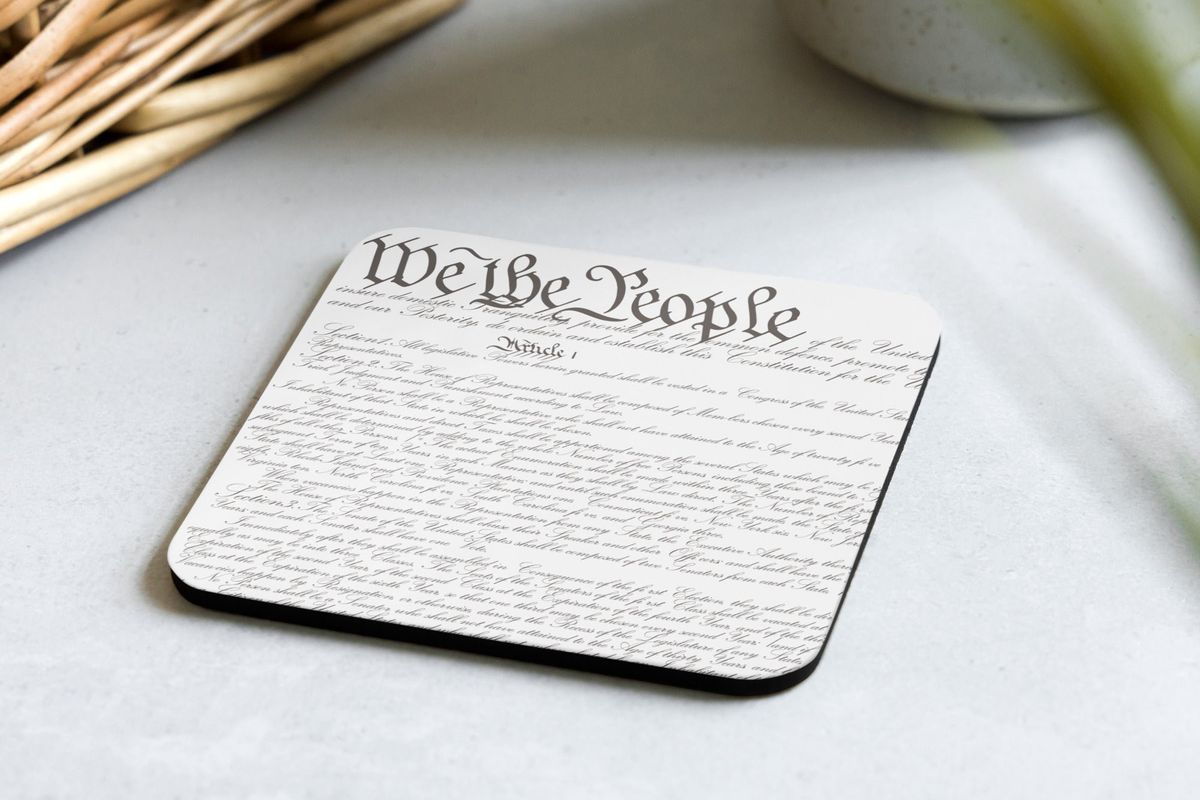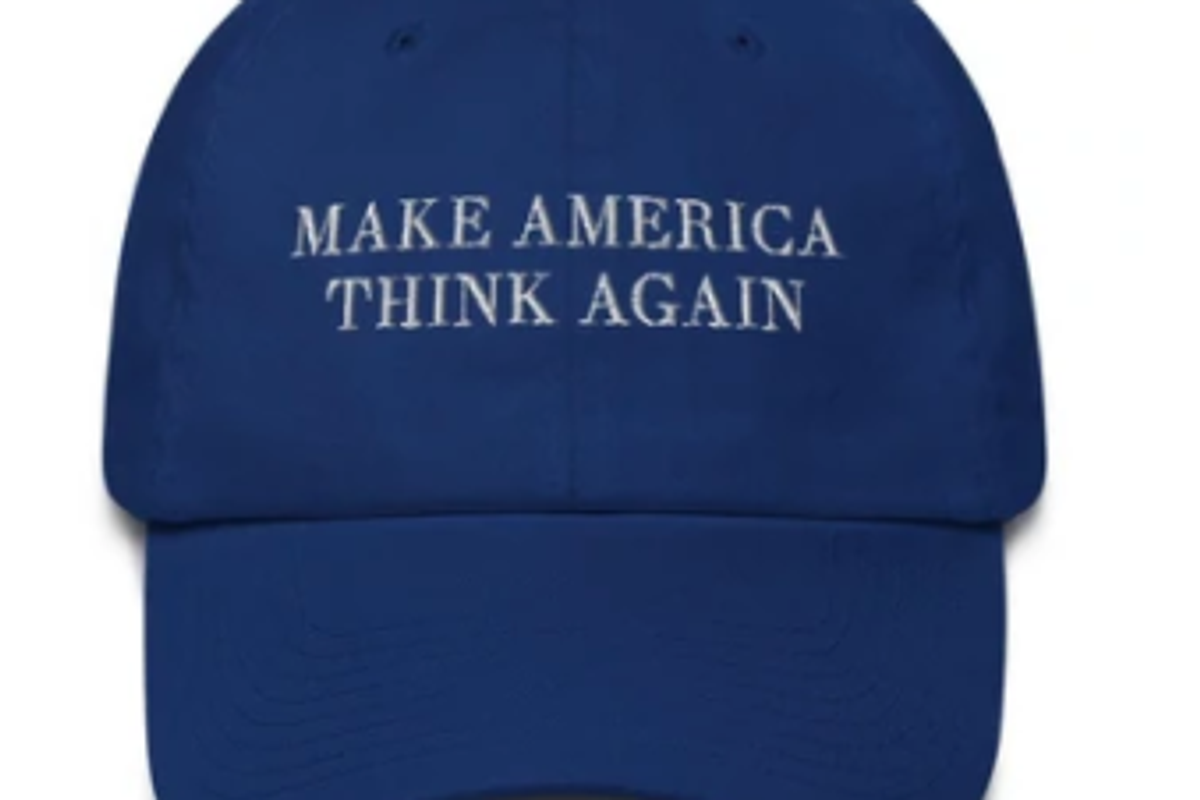
President Donald Trump
The Trump tariff story keeps getting crazier. It may seem like ancient history now, but it was just over three weeks ago that Donald Trump gave us “Liberation Day,” a set of massive tariffs on imports from almost every country in the world, including the uninhabited Heard and McDonald islands off the coast of Antarctica.
The tariffs were billed as “reciprocal” even though they bore no relationship to any tariffs or other trade barriers these countries impose on U.S. exports. Incredibly, Commerce Secretary Howard Lutnick, actually defended the Heard and McDonald Islands’ tariff, insisting that it was not a mistake but rather to prevent transshipment from other countries attempting to evade tariffs.
Lutnick’s explanation was obviously absurd. First, they left many other uninhabited islands without tariffs, apparently leaving the door open for transshipment through them. More importantly, if our customs staff really can’t catch items coming in from uninhabited islands, then they will be completely useless dealing with a complex system of tariffs charging vastly different rates between countries and on different products from the same country. The bottom line is that we yet again see how the Trump administration finds itself unable to admit a mistake.
But back to the timeline, as the markets were crashing Trump backed away on April 9th, eliminating his so-called reciprocal tariffs and said that he would lower his tariff on most countries to 10 percent. Note that this is still a very large tariff. When we negotiated trade deals with Mexico, Canada, and other countries their average tariffs were already well below 10 percent. In the context of “reciprocal” tariffs that were as high as 40 or 50 percent, Trump’s fallback tariff seemed low, but not by pre-Trump real world standards.
Trump boasted that a reason for the rollback was that 75 countries around the world had called to negotiate with him, although he refused to give the list of countries. Trump also went ahead and imposed 25 percent taxes on imports of steel and aluminum, which went into effect in March. He imposed 25 percent taxes on imports of cars and car parts which went into effect at the start of this month.
The big tariff that Trump did not delay on April 9 was the 104 percent tax on imports from China. He actually raised this to 124 percent in response to China’s retaliation. He raised his tax further to 154 percent a few days later and some items are even subject to higher taxes. In addition to its retaliatory tariffs, China also announced that it was suspending exports of rare earth minerals which are essential for many manufacturing processes in the United States. It also is boycotting U.S. soybeans, which means U.S. soybean farmers are losing their largest customer.
But then Trump decided to exempt Smartphones and a number of other electronic devices from his massive taxes on China’s imports. Whether this was due to a special relationship with Tim Cook, Apple’s CEO, or concern about outraged consumers looking at $2,000 iPhones is anyone’s guess.
The tariff game is still far from over. On Wednesday, Treasury Secretary Scott Bessent said the tariff levels between the U.S. and China were not sustainable and Trump hinted they would likely come down soon, even though there was no evidence of high level negotiations. These comments got a great reaction from financial markets, leading to big stock rallies, but left open the question as to the purpose of the tariffs.
Just to remind everyone, if we go back to “Liberation Day,” Trump’s tariffs were supposed to be about bringing manufacturing back to the United States and ending our trade deficits. Many of us pointed out that this was unlikely to work even in the best case scenario. But if the tariffs were just a negotiating ploy, or a way for Trump to extort favors, they are certainly not going to have much impact on manufacturing. They may make Trump even richer, but no one will invest in the United States based on a tariff that can disappear in a year or even a week.
I wrote before on how Trump seems to have brought Biden’s factory construction boom to an end. His now you see them, now you don’t tariffs clearly will not help this picture.
Reprinted with permission from Dean Baker Substack.
- Trump's 'Liberation Day' Rant: Big Tariffs And Crank Conspiracies ›
- Right-Wing Group Linked To Koch And Leo Sues Trump Over Tariffs ›








